The Complete Guide to the Fatty Liver Disease Diet
8 minute read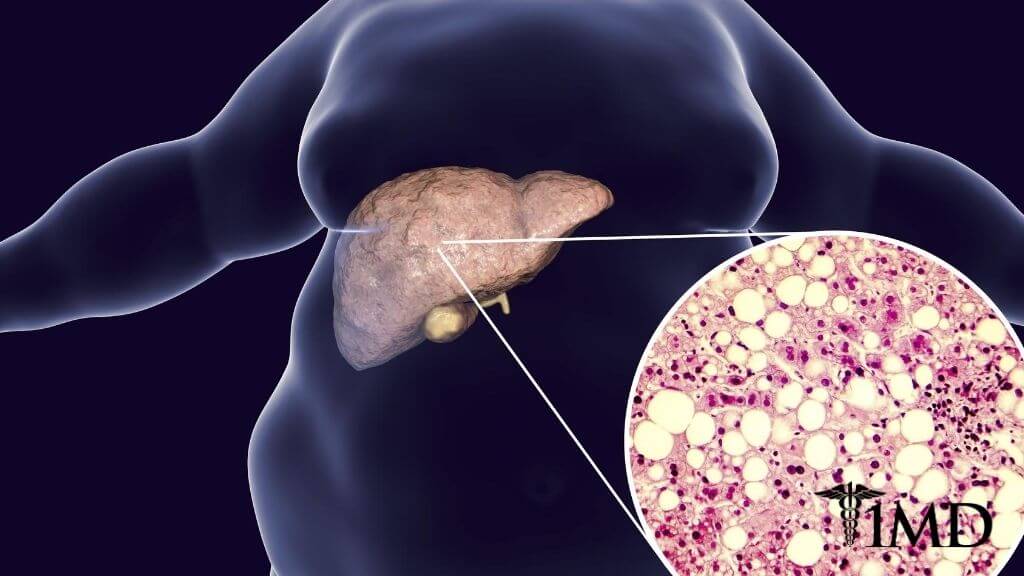
Fatty liver disease falls into two major categories, alcohol-induced (AFLD) and non-alcoholic fatty liver disease (NAFLD). It’s a huge problem in the U.S. with nearly a third of all American adults being affected, and it’s one of the leading contributors to liver failure.
Both types of fatty liver disease prevent the liver from doing its job and removing toxins and producing bile. One of the key steps in treating fatty liver disease is feeding it (and yourself) a diet that supports recovery and regeneration.
You want you to, in essence, give your liver a break from working so hard by eating foods that are healthy and have few toxins and no alcohol. Understanding why this diet works and how to use it in your life means understanding the fatty liver disease it is designed to treat.
AFLD and NAFLD 101
Alcoholic fatty liver results from drinking too much alcohol. Even just a few days of heavy drinking can lead to a build-up of fats in the liver.
Alcoholic fatty liver is the first stage in alcohol-related liver disease and typically does not come with any telltale symptoms. If left to progress, the individual will develop alcoholic hepatitis and eventually cirrhosis. Both of these diseases are life-threatening.
While that sounds dire, the most fantastic thing about the liver is that it regenerates (it’s the only organ capable of doing so). Small amounts of fatty build-up and damage from over-drinking can be reversed by avoiding alcohol entirely for several weeks.
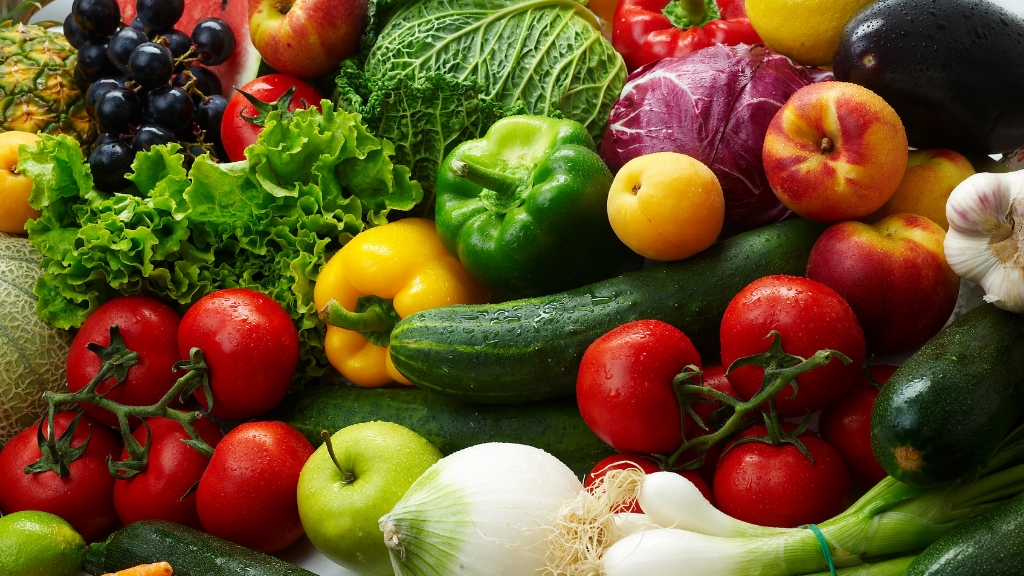
The problem is that excessive drinking over a prolonged period of time can lead to a significant build-up of fat, extensive damage to the liver and it can impair the liver’s ability to regenerate itself.
Non-alcoholic fatty liver disease is similar to the alcohol-induced variety in that they both are a build-up of fat around the liver. Typically, a liver has some fat, but anything above 5-10% is considered a fatty liver, also called steatosis.
Non-alcoholic fatty liver disease is a little bit of a mystery. It affects about 25% of the population of the United States. However, because its origin is unknown, it’s not as easy to reverse as alcoholic fatty liver disease.
Some of the risk factors associated with non-alcoholic fatty liver disease are being overweight or obese, having diabetes, high cholesterol, or high triglycerides. It is also believed that rapid weight loss and poor eating habits can contribute to this disease.
In general, a fatty liver diet focuses on the following guidelines:
♦ No alcohol
♦ Ample amounts of fresh fruits and vegetables
♦ High-fiber plants, such as whole grains and legumes
♦ Avoiding added sugars, salt, trans fat, refined carbohydrates, and saturated fats
If you are overweight and suffering from fatty liver disease, it’s advised that you aim for a weight loss of 10%. Remember, too much weight loss too quickly is not good for your liver, so reducing fats and calories should be approached in a reasonable fashion—no crash diets.
To help you get on board with a fatty liver diet, we’ve compiled a list of foods and beverages that you should add to your diet to help support liver health.
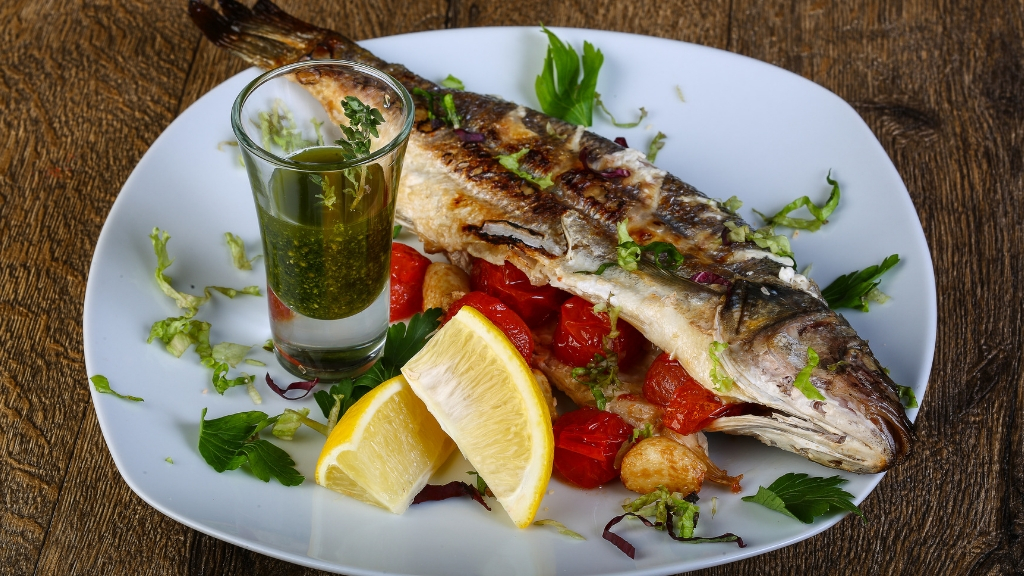
Green Vegetables
We all know that dark green veggies are healthy and good for you, and this applies to your liver too. Start adding more broccoli, brussels sprouts, spinach, and kale to your diet. They are not only easy on your liver, but they will help in your weight loss efforts.
One thing to note about adding more vegetables and other foods you don’t normally eat and perhaps don’t like too much—while there are plenty of online recipes that make them taste fantastic, they often do this by adding fat and sometimes sugar. Keep an eye on the other ingredients in your new recipes to make sure you’re not sabotaging your efforts.
Olive Oil
While we’re giving you a warning on watching fats, you should also switch from your regular cooking oil or butter/margarine to olive oil. Research has shown that olive oil lowers liver enzyme levels.
It’s also high in omega-3 fatty acids, which can help lower liver fat and get you back on track.
Fatty Fish
Speaking of omega-3 fatty acids, they’re great for people with fatty liver disease or people looking to lose weight.
This type of fat is nothing like the trans fats you find in potato chips, it’s a healthy way to bring down inflammation in the body and eat a protein-rich meal that’s diet-friendly. Some fatty fish are salmon, sardines, tuna, and trout.
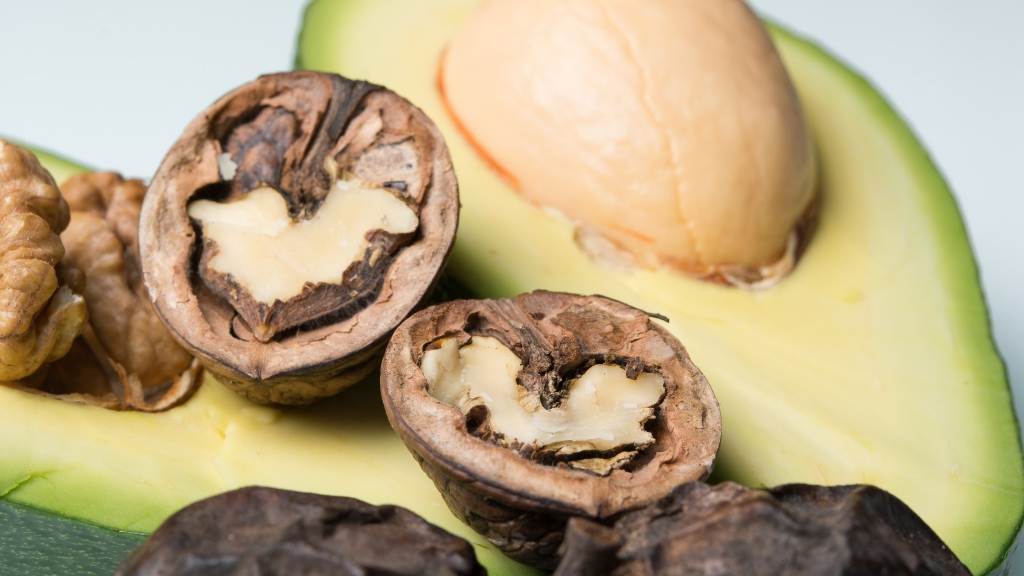
Walnuts
Did you know walnuts are high in omega-3 fatty acids, too? If you love a little crunch, try adding walnuts to your diet to reap the benefits of this liver-friendly food.
Tofu
Tofu is basically soy protein, so it’s high on the protein side of things but doesn’t have any of the harmful qualities that meat-based protein does, i.e., it’s incredibly low in fat.
Many people believe they don’t like tofu without having tried it. Tofu is excellent at absorbing the flavors around it and is basically a food chameleon. With clever recipes, you won’t even realize you’re eating this healthy alternative.
Avocados
Avocados are high in calories and fat, so you don’t want to overdo it, but they have the healthy fats you don’t have to avoid them completely. In fact, avocados contain liver protectants that may reduce liver damage. This makes them one of the top fatty liver diet foods.
Low-Fat Dairy
Dairy is high in whey protein, which has a protective effect against non-alcoholic fatty liver, at least in rats. A study found that whey protein is good for the liver in rats and helped prevent fatty infiltration while reducing their final body weight. Keep your dairy choices low-fat and you’ll love the results.
Coffee
We keep hearing coffee is good for you and then we hear that it’s bad. One thing we know is that coffee drinkers with fatty liver disease have less liver damage.
| Related: 12 Ways to Make Your Liver Healthy and Fight NAFLD |
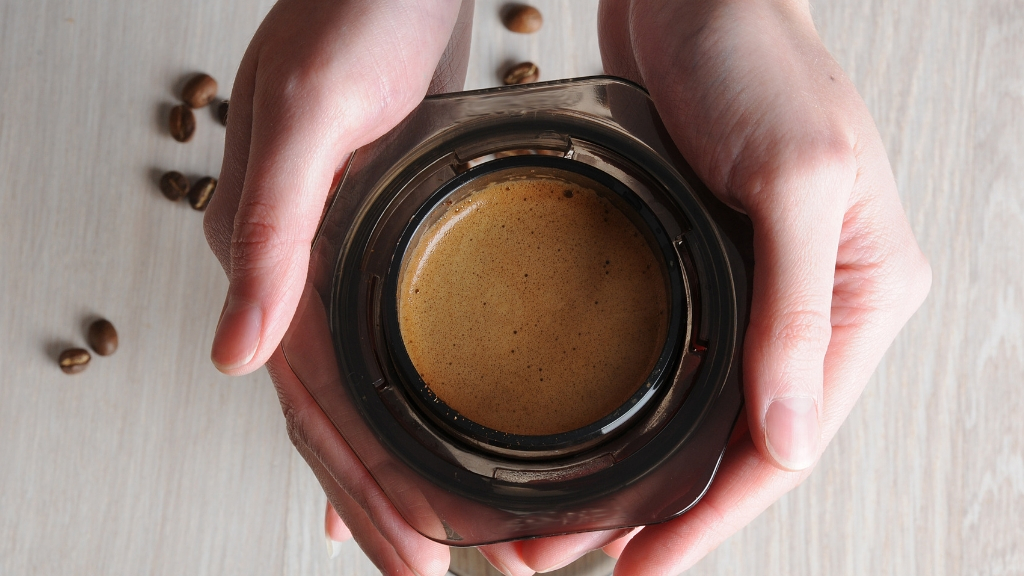
Coffee may be responsible for lower abnormal liver enzymes in people who otherwise are at risk for fatty liver disease.
Green Tea
This beverage is a big trend and there’s a good reason why: Green tea helps with fat absorption, lowers cholesterol, aids in sleep. It has also been shown to help fight heart disease, cancer, arthritis, and fatty liver disease.
The Bottom Line
Fatty liver disease is prevalent across the United States. Both non-alcoholic and alcoholic versions can be treated by diet changes. As of yet, there are no drugs on the market for fatty liver disease, so diet is really the first line of defense.
Making changes in your diet to include foods that are lower in trans fats, added sugars, higher in vegetables and fresh fruits, and avoiding alcohol is a great start toward eating to protect your liver.
The key here is really adopting a healthy approach to food and alcohol before any damage is done.












